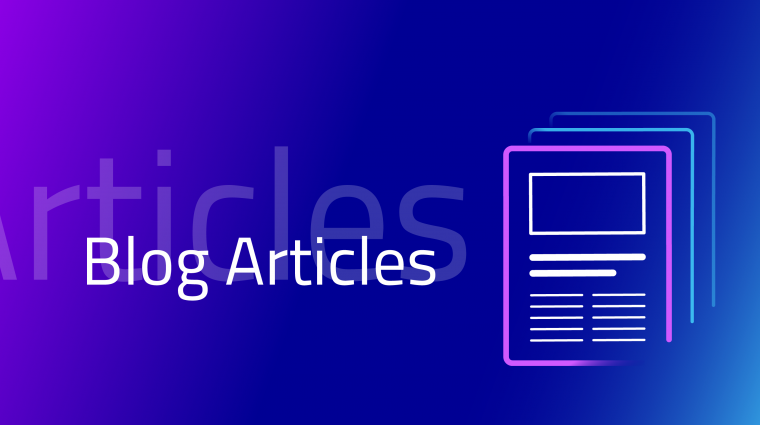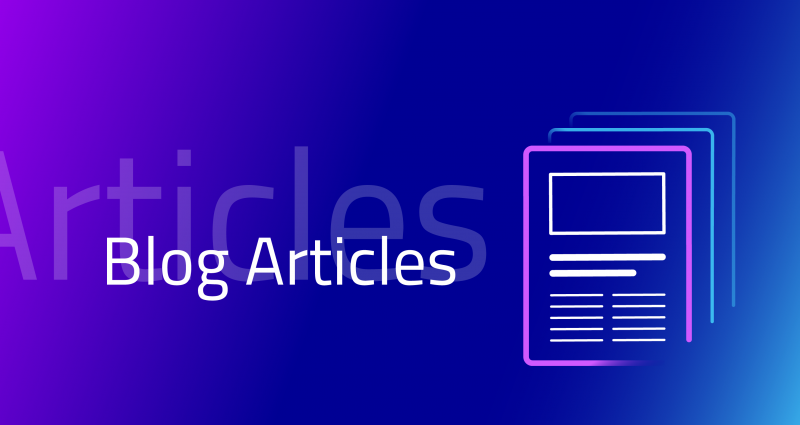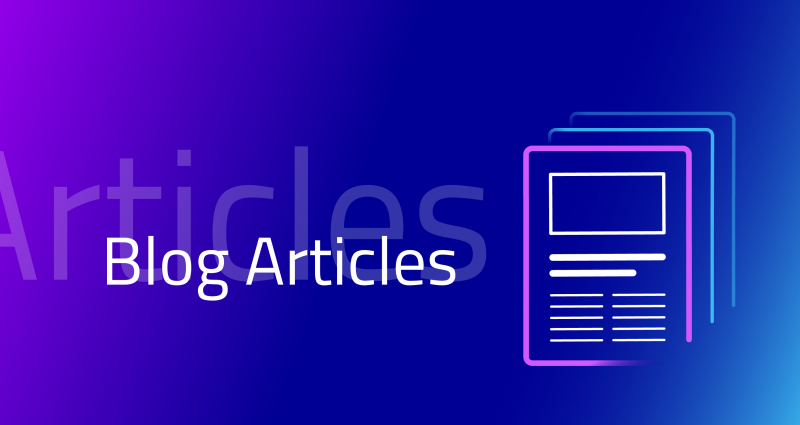
Author: Julien Vanwambeke, Gaia-X, Functional Architect
Introduction
Describing entities has always been one of the aims of information technology.
First, because it helps understand the entity described, and then because parsing it enables the application of rules and building functionalities.
There are several ways to describe an entity, but we will target one in this article, ontology, and show how Gaia-X uses it.
Definitions
First, let us start with some definitions.
An ontology is a “way of showing the properties of a subject area and how they are related, by defining a set of terms and relational expressions that represent the entities in that subject area” (Wikipedia).
A knowledge graph is “a knowledge base that uses a graph-structured data model or topology to integrate data” (Wikipedia).
Basically, an ontology is an abstract model, whereas a knowledge graph is precise and about a specific set of data.
For example, a cake is made of ingredients (abstract model), and an apple crumble is made of flour, butter, sugar and, of course, apples (set of data based on the abstract model) – and by the way, 125g of melted butter, 125g of sugar and 250g of flour, you mix everything and then crumble the dough over sliced apples to put everything in the oven, but let’s keep that between us 🤫.
To apply that to Data Economy, we can use the example from Tech-X:
“Alice from Acme Corp wants to process Bob’s farming Data from provider Eve for marketing research.”
Here could be the ontology:
A knowledge graph of that sentence could be:
As you can see, the knowledge graph uses the abstract model (same colours between both schemas) to express relationships between data:
- Alice and Bob are both “Person”
- Acme Corp and Eve are both “Company”
- And using the entire knowledge graph, we can go back to the original sentence
Why ontology and knowledge graph?
So, is ontology just another trendy way to design conceptual models in organisations using a graphic representation?
Yes and no.
Yes, you can use it to build models.
And no, its aim is not limited to an organisation’s conceptual models.
The goal of ontology is to be open and shared: it describes what things are in general, not in a specific context. It will thus simplify the process of designing new ontologies because you can rely on existing ones, and also ease the way you will interact with other organisations because you will use the same ontologies.
Finally, and maybe the most crucial point, ontology and knowledge graph can easily be parsed by a machine, going towards reasoning.
Graph reasoning refers to “the derivation of potential or new relationships between entities through reasoning technology in the established knowledge graph and the discovery of new knowledge” (mdpi.com)
Said differently, even if two nodes are not directly connected in a graph, reasoning will parse the graph to find a path through several other nodes to describe how the two nodes are interacting.
For example, if we go back to the knowledge graph with Alice and Bob:
There is no direct link between the node Bob and the node Eve, but parsing the graph, we can determine that Bob’s farming data are exposed through a service provided by Eve.
Use of ontology in Gaia-X
In Gaia-X, we are using ontologies in two different use cases:
- Compliance
- Policy Reasoning
For compliance, Gaia-X has built an ontology in order to describe all the relevant entities, using triples subject–predicate–object from the Resource Description Framework (aka RDF).
All Gaia-X Digital Clearing Houses use the same ontology, especially to check the consistency of Verifiable Credentials.
Gaia-X is also using an already existing ontology, the one from ODRL (Open Digital Rights Language: language used to describe policies):
Yes, describing something can lead to overly complex schemes.
And no, you will not get some painkiller included in this article because you will not need any: as the ODRL ontology is already written, Gaia-X is just using it as an entry point to perform policy reasoning (you can learn more about that, reading the articles (Gaia-X and Contract and Gaia-X and Reasoning).
Conclusion
Convinced by the fact that all information has to be both human and machine readable in its Ecosystem, Gaia-X has decided to rely on frameworks, languages and technologies enabling knowledge graph parsing and reasoning. To do so, ontologies are the keystones, whether you decide to use existing ones or build your own.
To know more about Gaia-X activities on contracts or reasoning, please go through all the upcoming articles.
Stay tuned!






